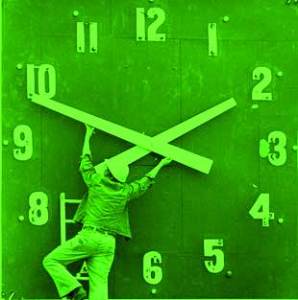How should I interpret that I really like forcing the spring season? For many years, I have been forcing plant bulbs over the winter, and branches in February and March. It was something my mother did when I was a kid. Clearly, it is my way of getting a glimpse of Spring in the cold months.
Forcing plants is unnatural, right? Is it some little power thing – you’re beating Nature (or God) at her own game? Maybe there’s some of that, but I find it so hopeful to see those blooms on a cold day when there might still snow falling outside.

It’s not like no one else is doing this as a commercial operation. I buy some bulbs in winter. Hyacinths are popular and I see them sold in glass containers to force them in water. You can also buy pre-potted tulips almost ready to open. You could do your own pots of bulbs and chill them for a make-believe winter, but the timing is tricky.
It’s too late to start on forcing bulbs for this year – unless some garden store in the area has done it for you. If you have forsythia bushes in your yard or nearby you can clip a few branches (with permission), clip some footlong tips and put them in water in February and March (any time before they are already blooming) and after about a week they will open. So easy.
There are other bushes and trees that are suitable for forcing. Ornamental trees and shrubs often set their flower buds during the previous growing season. The buds need to experience the cold which puts them into dormancy or they won’t open. They need at least 6 weeks of cold temperatures. The buds then usually wait for 2 to 3 weeks of moisture and warmth to come out of the dormancy.
That depends on where you live, but for much of the U.S. February is usually enough dormancy time. I usually start on Valentine’s Day and clip a new batch every week until they start opening outside. It’s also the time when you can prune deciduous trees and large shrubs. So, while you’re out there in the cold with the pruners, you can use some of the cut branches for forcing.
I pick a mild day (definitely not freezing) and pick thin branches (less than a half inch) that have nice, fat flower buds. The flower buds are round and fat; leaf buds are smaller and pointed.
Forsythia bushes and pussy willows are two easy ones and are usually fairly plentiful. I love the yellow burst of forsythia in the house and then the full bushes when real Spring is here.
I try to cut some branches each weekend in February to keep blooms going. I might still have some trims I can make in early March, but then it’s close enough to real spring to stop.
I cut branches with my big vase with water in hand. 12 -36 inches is the range and I’ve heard that if you put them in a bucket of warm water and cut the bottom inch off the bottoms while they are underwater because that submerged cut is supposed to prevent air from drying the stem and promotes water intake. Some people use some floral preservative in fresh warm water and even cut again. I don’t get that fancy, but you can buy preservatives but they are not easy to make – lots of recipes online.
A little sunlight, warmth (not heat) and high humidity will speed up the bloom, but they are pretty forgiving and even in a cool, dark indoor setting you’ll eventually get some blooms.






